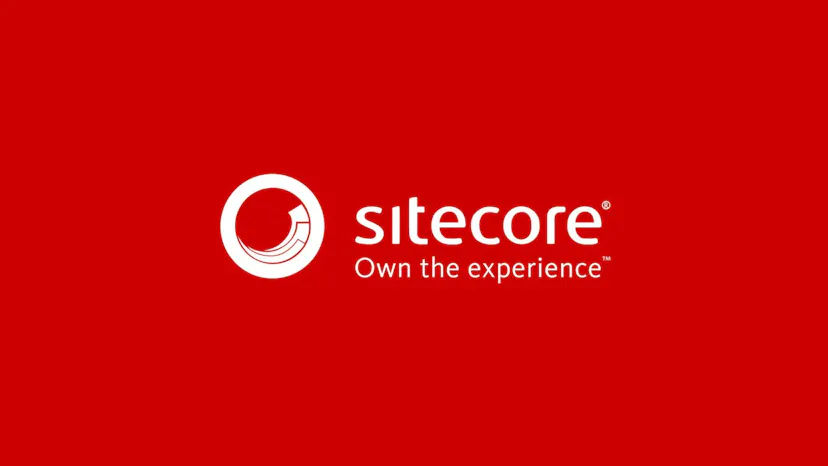Sitecore XP to XM Cloud pros and cons
Migrating from Sitecore Experience Platform (XP) to Sitecore Experience Manager (XM) Cloud involves several considerations. Here’s an overview of the pros and cons:
Pros
-
Scalability and Performance:
- Cloud Benefits: XM Cloud offers better scalability as it is built on a cloud-native architecture, allowing for automatic scaling based on demand.
- Performance: With XM Cloud, you can leverage the performance optimizations and global Content Delivery Network (CDN) support for faster load times and better user experience.
-
Reduced Infrastructure Management:
- Maintenance: Moving to XM Cloud reduces the need for managing on-premise infrastructure, including hardware maintenance, software updates, and security patches.
- Operational Efficiency: DevOps efforts are minimized, allowing teams to focus on delivering content and marketing strategies rather than managing infrastructure.
-
Cost Efficiency:
- Pay-As-You-Go: The cloud model allows for more flexible and predictable pricing. You pay for what you use, potentially reducing costs, especially for businesses with fluctuating traffic.
- Reduced Capital Expenditure: No need for upfront investments in hardware and infrastructure.
-
Faster Time to Market:
- Deployment Speed: XM Cloud provides streamlined deployment processes and quicker provisioning, reducing the time required to launch new sites or features.
- Continuous Delivery: It supports continuous integration and continuous deployment (CI/CD) practices, enabling more agile development and faster iteration cycles.
-
Enhanced Security:
- Cloud Security: XM Cloud benefits from the advanced security measures implemented by cloud providers, including regular updates, compliance with industry standards, and robust disaster recovery options.
-
Global Reach:
- Content Delivery Network (CDN): XM Cloud leverages CDNs to provide faster content delivery to users worldwide, improving the overall user experience.
Cons
-
Migration Complexity:
- Transition Effort: Migrating from XP to XM Cloud can be complex and resource-intensive, requiring thorough planning, testing, and execution.
- Data Migration: Ensuring seamless data migration, including content, user data, and personalization rules, can be challenging.
-
Feature Parity:
- Differences in Features: XM Cloud might not have all the features and capabilities available in XP, especially those related to extensive customer engagement and analytics.
- Customization: Customizations and integrations built for XP might need to be re-evaluated or re-developed to fit the cloud environment.
-
Dependency on Internet Connectivity:
- Connectivity Issues: As a cloud-based solution, XM Cloud relies heavily on a stable internet connection. Any disruptions can impact access and performance.
-
Cost Considerations:
- Long-Term Costs: While operational costs may decrease, the long-term subscription fees for cloud services might add up, and careful cost management is required.
- Hidden Costs: Potential hidden costs for data transfer, storage, and premium support services.
-
Vendor Lock-In:
- Dependence on Sitecore: Moving to XM Cloud increases dependency on Sitecore as the sole provider of the platform, which can limit flexibility in choosing or switching vendors.
-
Compliance and Data Privacy:
- Regulatory Compliance: Ensuring compliance with regional data protection regulations (e.g., GDPR, CCPA) can be more complex in a cloud environment where data might be stored in multiple locations globally.
Conclusion
Migrating from Sitecore XP to XM Cloud can bring significant benefits in terms of scalability, performance, and reduced operational overhead. However, it requires careful consideration of migration complexities, potential differences in features, and long-term cost implications. Conducting a thorough assessment of your organization’s specific needs and planning the migration strategy accordingly can help maximize the benefits while mitigating potential challenges.

